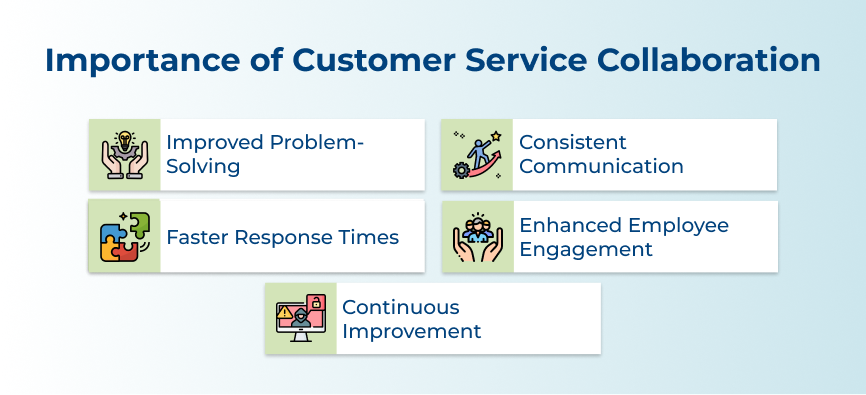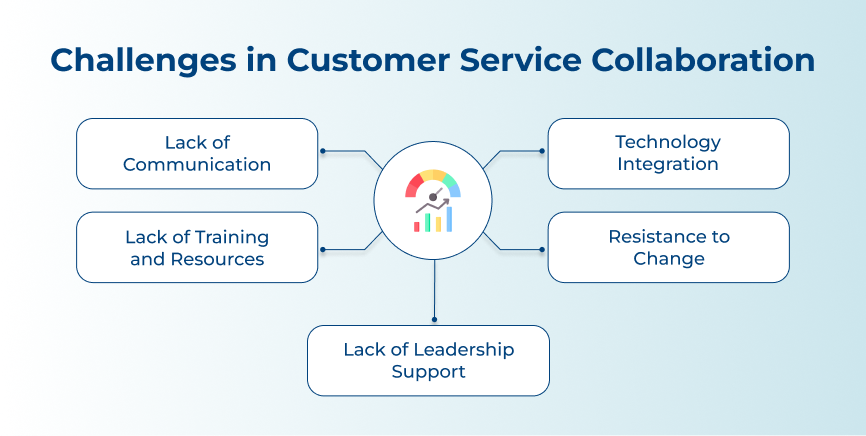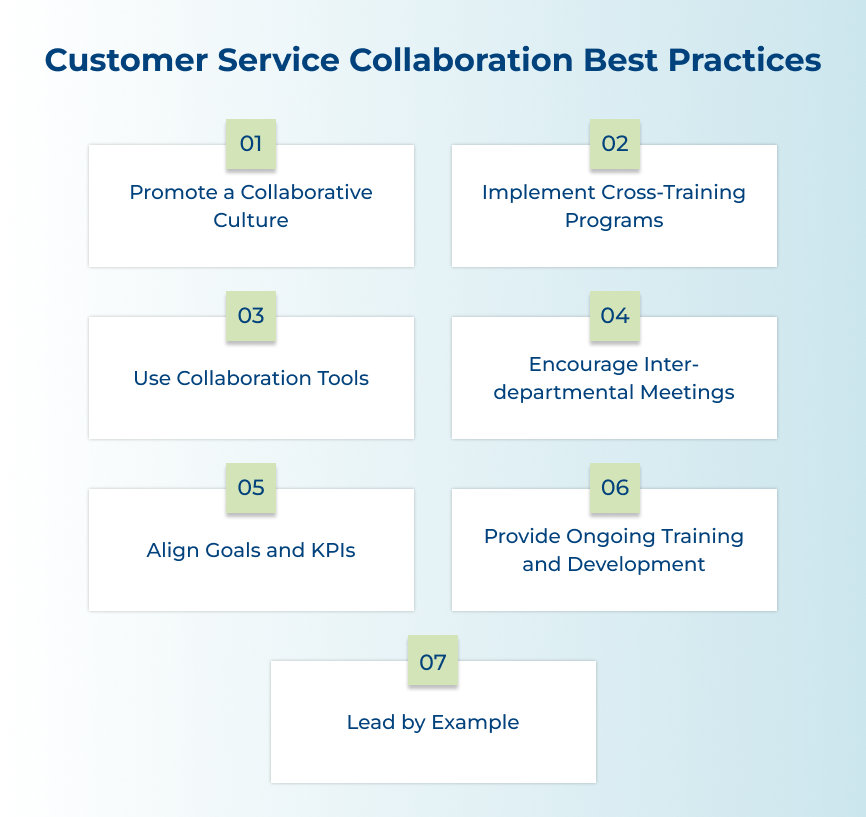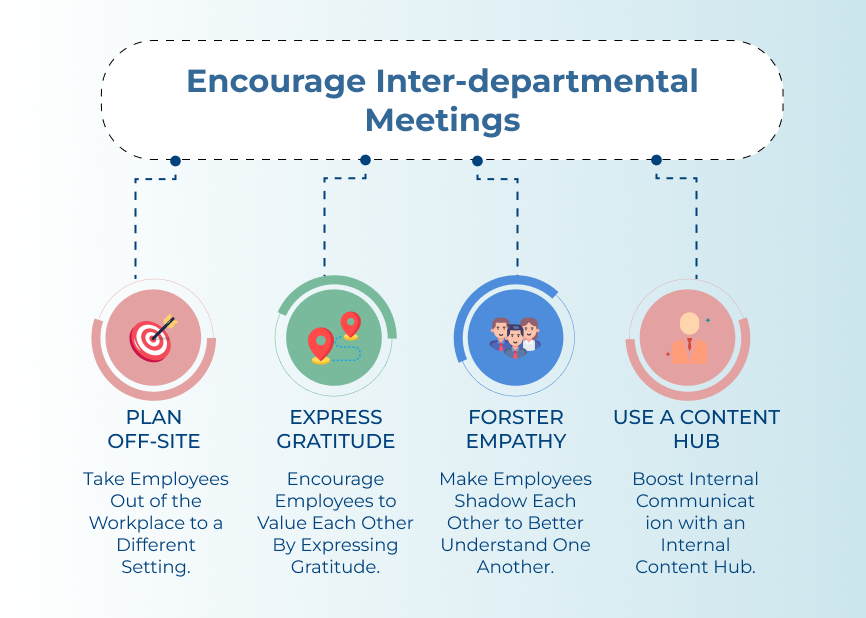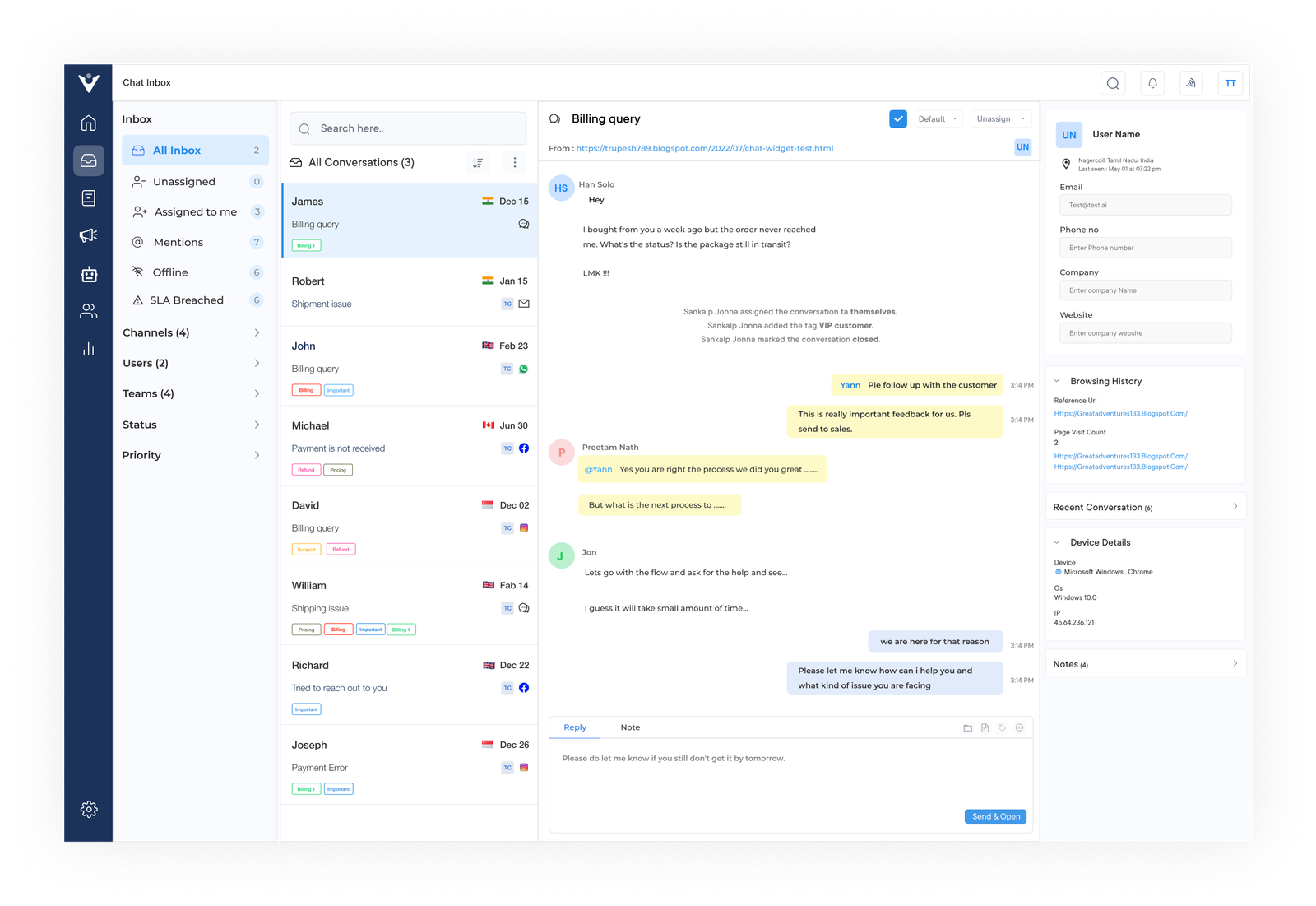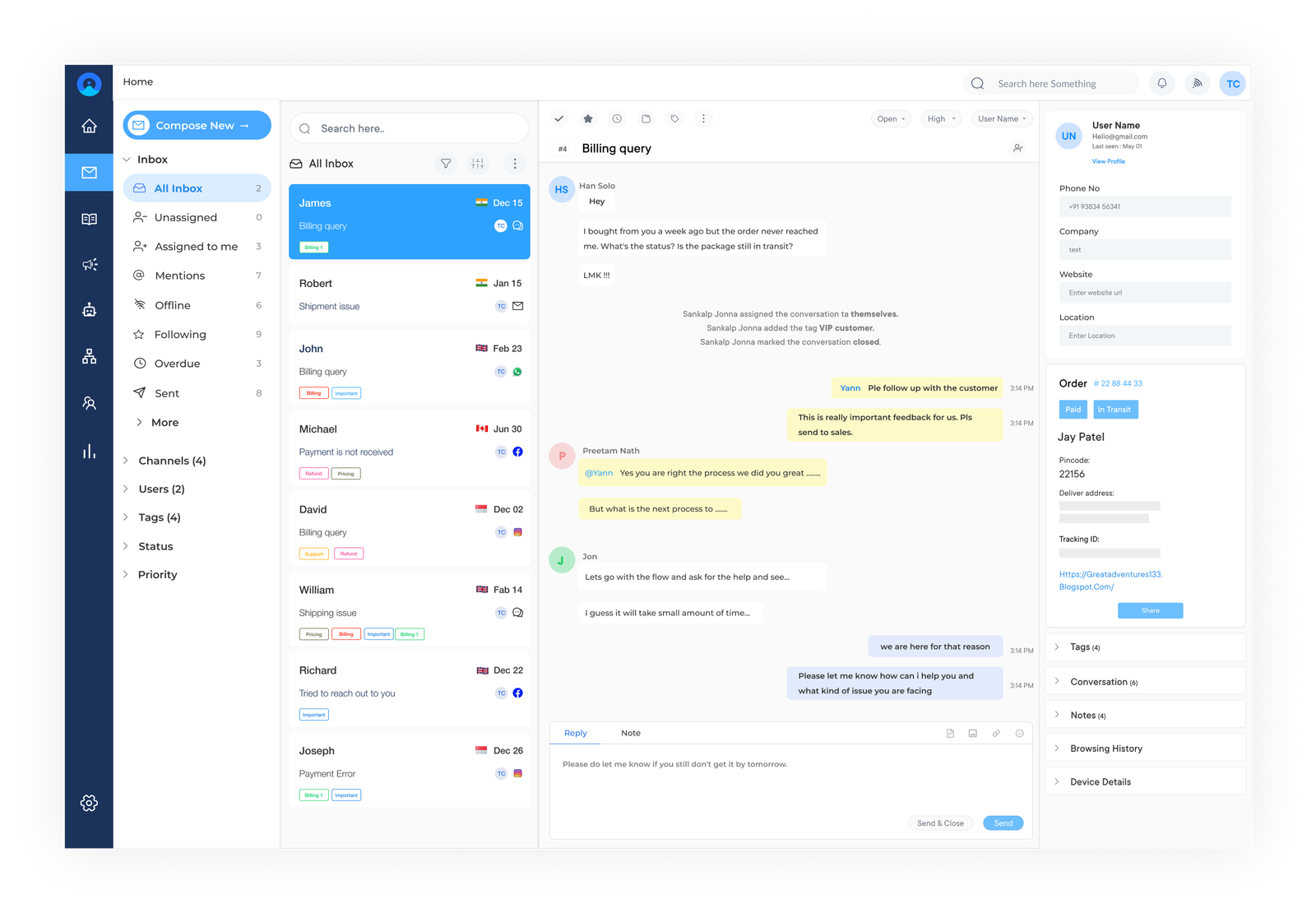1. Lack of Communication
One of the biggest challenges in implementing customer service collaboration is the lack of communication between teams. Without proper communication channels in place, teams may work in silos. It leads to inefficiencies and inconsistencies in service.
Companies can establish regular meetings, use collaboration tools such as project management software and encourage communication channels. Teams can work together effectively to provide better service to customers by promoting a culture of transparency.
2. Technology Integration
Integrating different technologies used by customer service teams can be a major challenge. Teams utilize varied tools for communication, ticket management and customer relationships. It makes it difficult to collaborate seamlessly.
Companies can invest in a comprehensive customer service platform that integrates all necessary tools and systems. The centralized platform can streamline communication, improve efficiency and provide a unified view of customer interactions across teams.
3. Lack of Training and Resources
Another common challenge is the lack of training and resources for customer service teams to collaborate effectively. Without proper training on collaboration tools and strategies, teams may struggle to work together cohesively.
Companies should provide ongoing training and resources to help teams understand how to effectively collaborate. It can include workshops, webinars and access to online training materials. Investing in the development of team members can help overcome barriers. It can help to collaborate and improve customer service outcomes.
4. Resistance to Change
Resistance to change can be a significant challenge when implementing customer service collaboration initiatives. Some team members may be hesitant to adopt new technologies or processes. It leads to resistance and barriers to collaboration.
Companies can address resistance to change by involving team members in the decision-making process and soliciting feedback. Providing training during the transition period can help employees feel more comfortable with new tools. It leads to greater collaboration and alignment.
5. Lack of Leadership Support
A lack of leadership support can hinder the successful implementation of customer support collaboration. Without buy-in from senior management, initiatives may lack the necessary resources and direction to succeed.
Companies can ensure leadership support by demonstrating the value of collaboration initiatives through data and metrics. Companies can gain the buy-in needed to secure resources and drive success by showing the impact of collaboration.
7 Customer Service Collaboration Best Practices
The following are the best practices for enhancing collaboration within customer service teams, ensuring that your customers receive consistent, high-quality service at every touchpoint.






